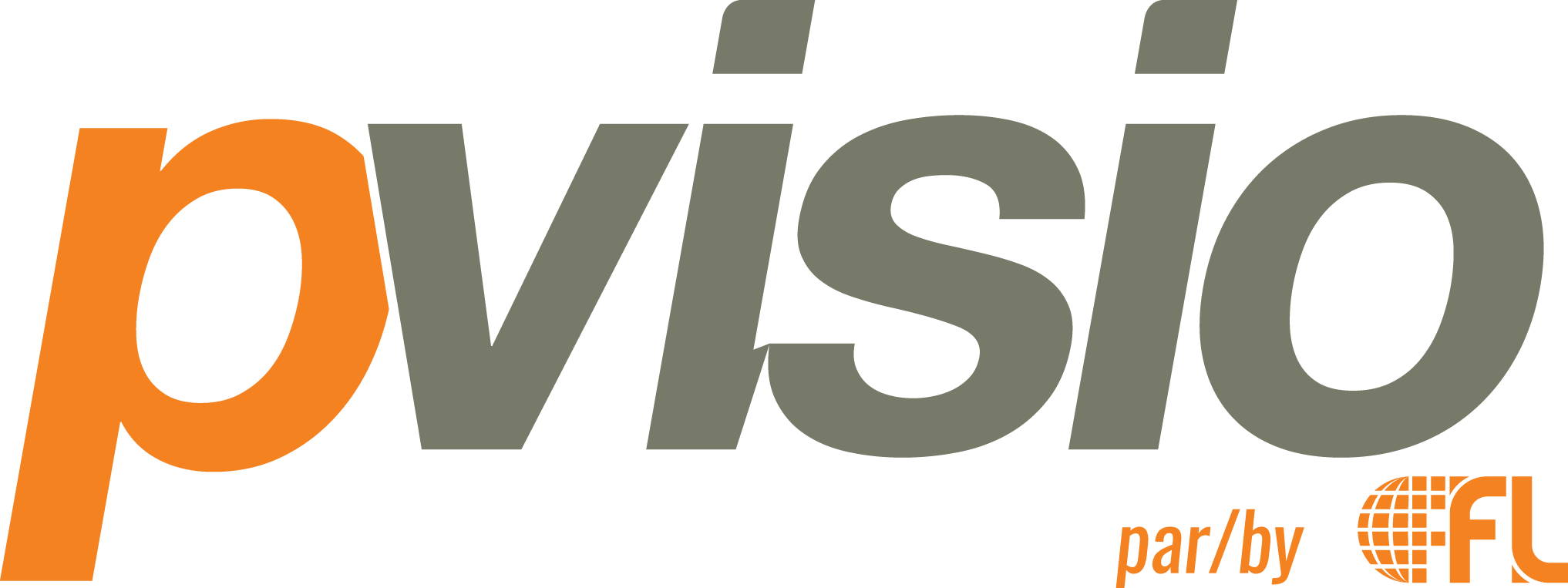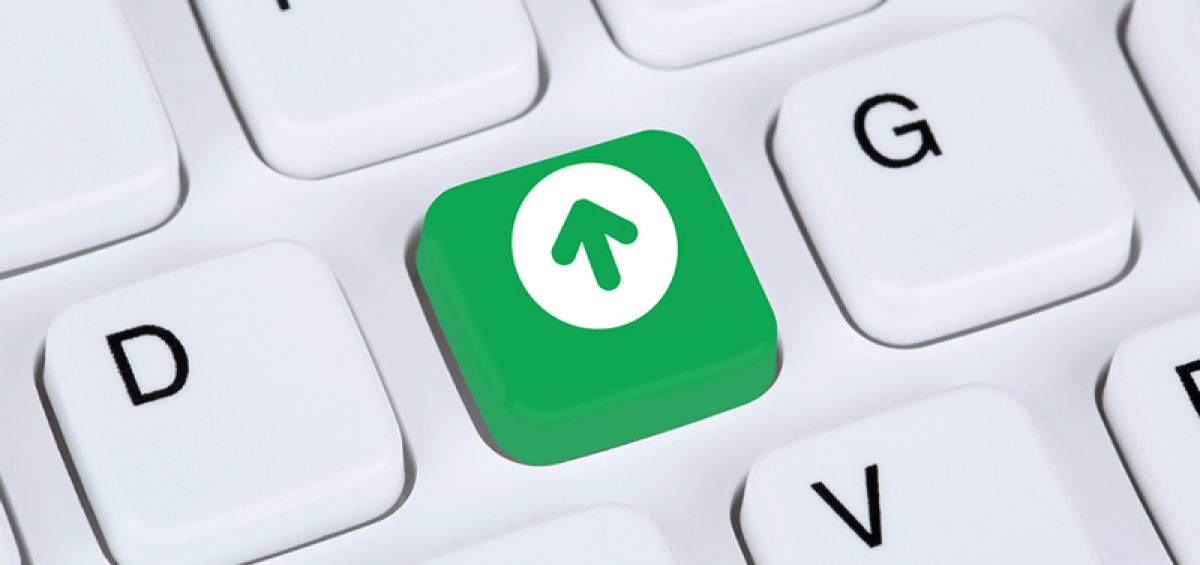Small businesses can’t afford to splurge on new laptops or desktops every year – and one of the most cost-effective ways we’ve found to squeeze some extra life out of ageing systems is a simple SSD upgrade. The price of solid state drives (SSD) have gone down considerably over the years and you now can pick up a 250 GB drive for under $100. While 250 GB might not seem like a lot by today’s standards, keep in mind the shift in the way we use our computers – cloud technologies such as Spotify, Dropbox, Google Drive and OneDrive are making hard drive space less and less of an issue.
HDD vs SSD
Traditional hard drives (HDD) are mechanical, with several moving parts. This can cause issues (especially in laptops!) as they tend to move around often, leaving them vulnerable to mechanical failures. SSDs have no moving parts which means that not only are the drives more durable but also much faster.
Not only for laptops
Most SSD drives are designed to fit easily into laptops (the drives are usually 2.5” wide, exactly what comes standard in most laptops today) but that doesn’t mean desktop users can’t take advantage of the speed as well – there are kits available that include a handy bracket to install those tiny drives into larger desktop computers, and sometimes they include a handy external USB enclosure.
Hybrid approach
If you are looking to upgrade your computer, chances are you don’t need to toss out your functioning hard drive to make room for your SSD. You can install your operating system (OS) on the SSD as well as any other program you access frequently and use your traditional hard drive to store your photos, videos or backups. This hybrid approach will take advantage of the speed of your SSD and still maintain the storage advantage of your older hard drive while decreasing the boot time in half!
When we say fast – we mean FAST!
In a study conducted by pcgamer.com (http://www.pcgamer.com/hard-drive-vs-ssd-performance/), they found that even if you take a look at the slowest SSD it had read times 40X faster than HDD and 60X faster in write speeds. Booting up the OS took roughly 15 seconds where it was several minutes with the HDD. These tests used empty hard drives as their subjects. Once you factor in fragmentation which happens over time with HDD, the performance gap widens even more!
SSDs are coming!
Most higher end computers are starting to be shipped with either a combination of a traditional HDD and an SSD or simply an SSD. As prices continue to drop, it won’t be long until everyday computers will be shipped with SSD and HDD will be a thing of the past. If you are not ready to spend $1,500 on a new computer, upgrading your hard drive to an SSD is the next best thing.
How can we help?
At Pvisio we have experience planning and upgrading systems for offices of all sizes. Our experts will evaluate your computers, determine which ones should be upgraded, source the correct parts for you and take care of the data migration process – with minimal downtime for you and your staff.
Book now for a free consultation with your IT specialist!



